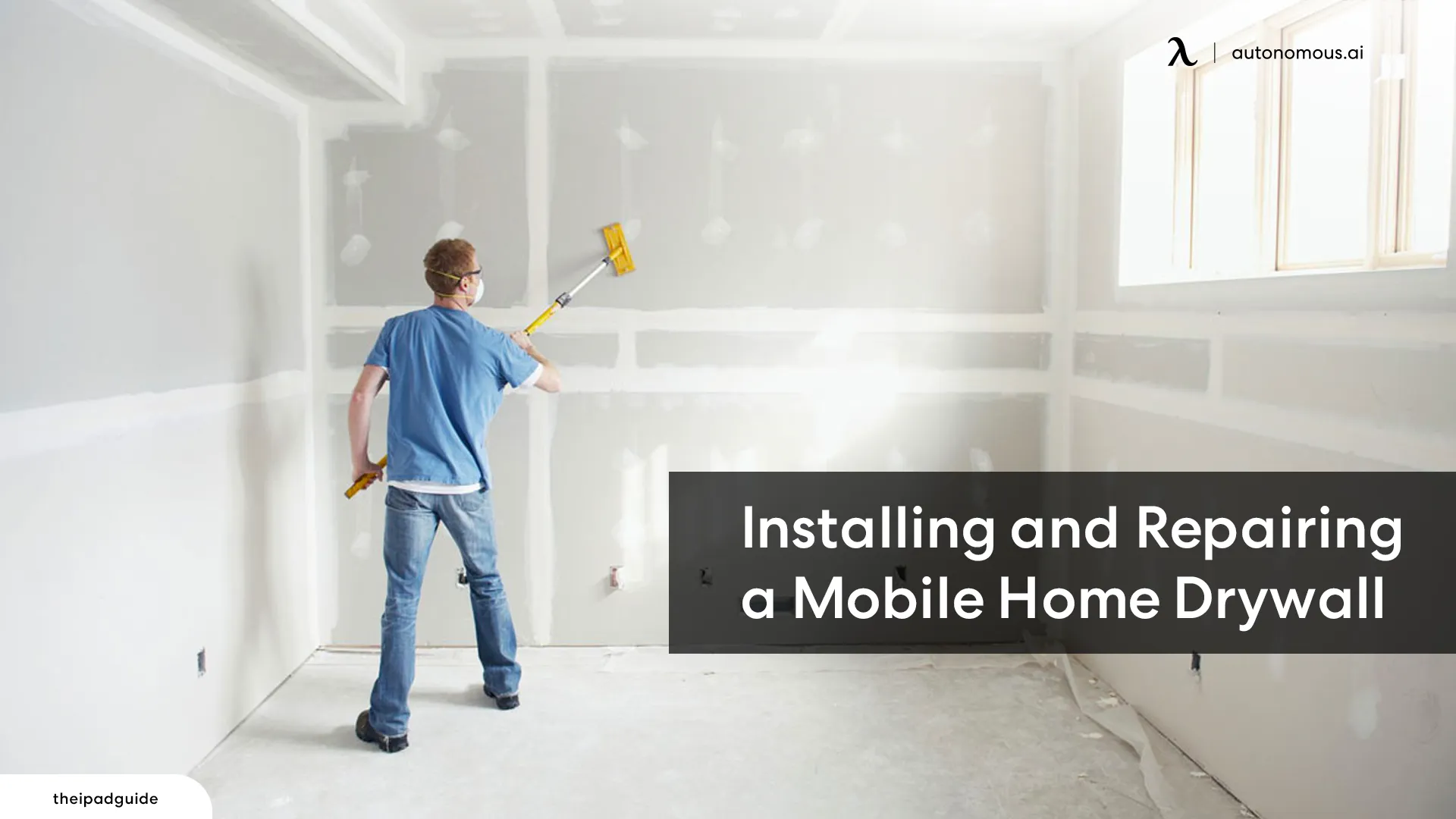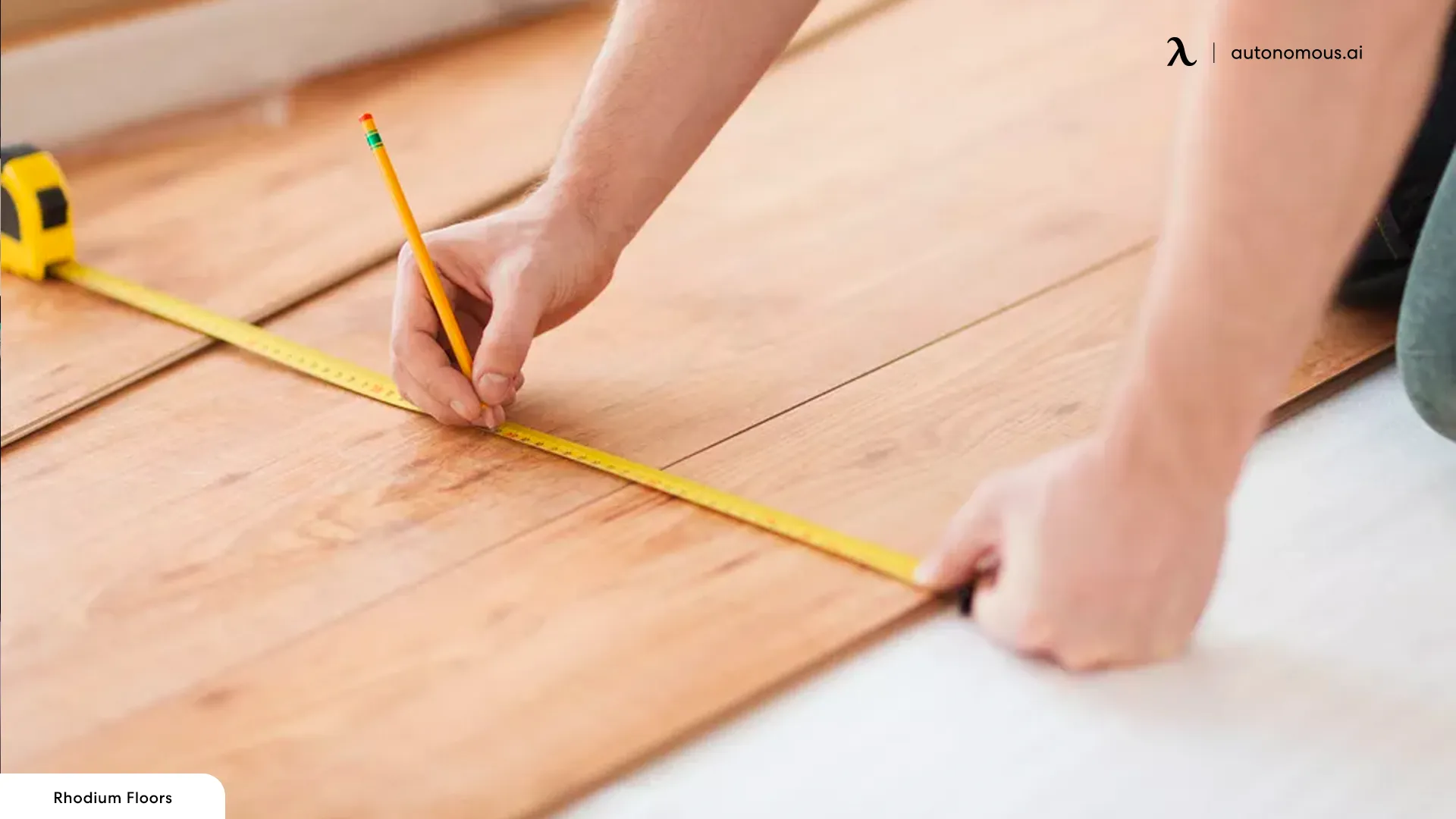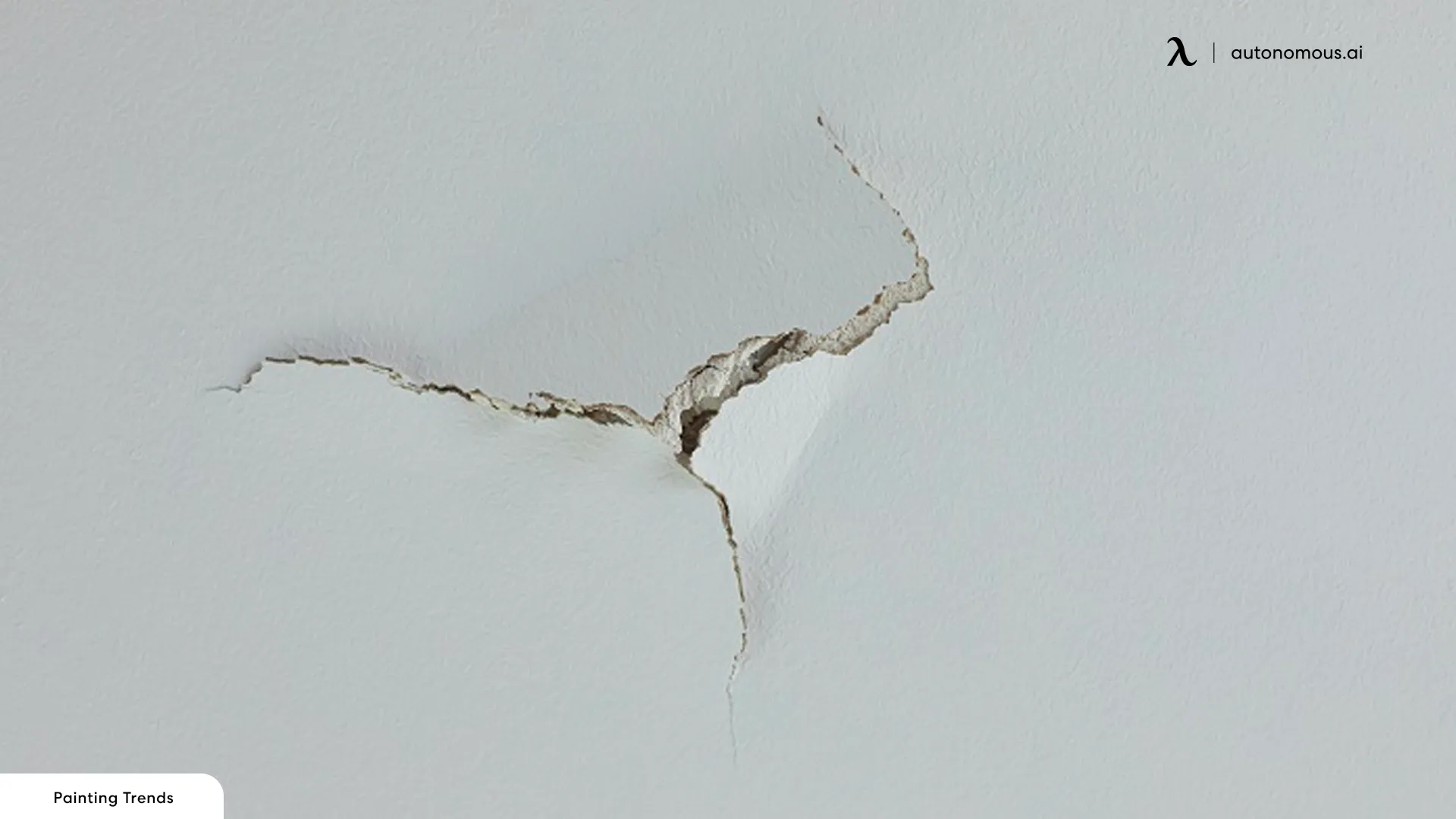
Mobile Home Interiors: Tips for Installing and Repairing Drywall
People often construct drywall in mobile homes to make their structures rigid. Nevertheless, installing and repairing these walls can be challenging for most of them. Whether you are installing new mobile home drywall or repairing existing damage in a tiny house in the backyard, proper techniques and attention to detail can make a significant difference in the outcome. We understand that this can be a tiring task for you. That’s why we will provide you with a comprehensive guide to installing and repairing drywall, offering valuable tips and insights along the way in this blog, so stick with us till the end!
Tips for Installing Drywall
Prepare the Workspace for Mobile Homes and Houses
Before you begin learning how to drywall a mobile home or installing a drywall in a prefab ADU, mobile home, or tiny prefab cabin, it's better to prepare the workspace properly. You must clear the area of any furniture, cover the floor, and remove electrical outlet covers and light switch plates. Apart from that, you must ensure you have the necessary tools and materials within reach.
Choose the Right Drywall Type and Thickness for Mobile Homes
When working with mobile homes, choosing the right drywall type and thickness is important. Mobile home drywall panels are specifically designed to meet the unique needs of these structures. They are often thinner than standard drywall to accommodate the limited space. Mobile home drywall thickness typically ranges from 3/8-inch to 1/2-inch. Ensure you select the appropriate thickness for your mobile home to achieve a professional finish.

Accurate Measuring and Cutting for Mobile Homes and Houses
Accurate measuring and cutting are crucial for seamless drywall installation in both mobile homes and houses. So, get a tape measure to get the dimensions of the area to be covered, considering any openings for windows, doors, or electrical outlets, which can be especially prevalent in mobile homes. You should use a T-square or a straight edge as a guide and score the drywall with a utility knife. For curved or irregular shapes, use a drywall saw or a rotary tool with a cutting bit.

Secure Drywall Properly in Mobile Homes and Houses
To ensure a sturdy and secure installation, it's crucial to attach the drywall properly in both mobile homes and guest house plans. Start by positioning the drywall against the wall or ceiling, leaving a small gap between sheets for expansion. Later, use appropriate screws for the chosen drywall type and thickness to secure it.

Taping and Joint Compound Applications for Mobile Homes and Houses
Seamless drywall joints are achieved through careful taping and joint compound application, regardless of the structure type. Apply paper or fiberglass mesh tape over the joints, overlapping the corners by a few inches. You may use a taping knife to spread a thin layer of joint compound over the tape, feathering the edges to create a smooth transition.
Before applying subsequent coats, you should wait for the first coat to dry completely. For wider joints, consider using wider drywall tape or applying multiple layers of compound. You should then sand the dried compound between coats to achieve a flawless finish.
Tips for Repairing Drywall
Assess the Damage and Prepare the Surface
Before repairing a house drywall, assess the extent of the damage in your modern shed. It is better to prepare your wall's surface by removing any loose or damaged material, whether it's a small hole, a crack, or a larger damaged area. You may get a utility knife to remove loose edges and create clean edges around the damaged area. If necessary, apply a patch or backing material to provide stability and support.

Apply Joint Compound and Patch the Damage
For smaller holes or cracks, apply joint compound using a putty knife or taping knife. You must fill the damaged area with a compound, ensuring it is level with the surrounding surface of your mobile home drywall. For larger damaged areas, use a drywall patch or piece of drywall to create a stable foundation. Secure the patch with screws or nails, then apply joint compound over the patch, feathering the edges for a smooth transition. Allow the compound to dry completely before proceeding to the next step.
Prime and Paint the Repaired Area
When you are done with sanding and feathering your repaired drywall, it is better to apply a primer to the repaired area to ensure better paint adhesion and a uniform finish. You must wait for the primer to dry according to the manufacturer's instructions. Once the primer is dry, paint the repaired area to match the surrounding wall or ceiling. It is better to select a paint color and finish that matches your existing décor, but you can revamp your mobile home completely by using newer shed house ideas.

Frequently Asked Questions (FAQs)
How much does it cost to drywall a house?
Drywalling a house can range from $1.30 to $4.00 per square foot for materials and installation, as these costs depend upon the house's size, the project's complexity, and the quality of materials used. It is better to obtain multiple quotes from reputable contractors to get a more accurate cost estimate for your specific project.
Can you put drywall over existing drywall?
Yes, you can put a new drywall over existing drywall, as builders commonly use this approach for renovations or remodeling projects. Removing drywall completely is not recommended usually as this can lengthen the remodeling procedure. However, there are some important considerations to keep in mind and if your drywall doesn’t meet them, you will be required to remove them. This means the existing drywall must be in good condition, free from significant damage, and securely attached to the studs or framing.
How thick is drywall in a house?
The standard thickness of drywall used in residential construction is typically 1/2 inch or 5/8 inch, and anything below this thickness is not recommended for installation procedures. Builders use 1/2-inch thickness for constructing walls, while the 5/8-inch thickness is often used in areas where additional durability or fire resistance is required. However, it's important to note that there are other drywall thicknesses available for specific purposes, such as 1/4 inch for curved walls or 3/8 inch for patching and repairs.
Spread the word
.svg)








